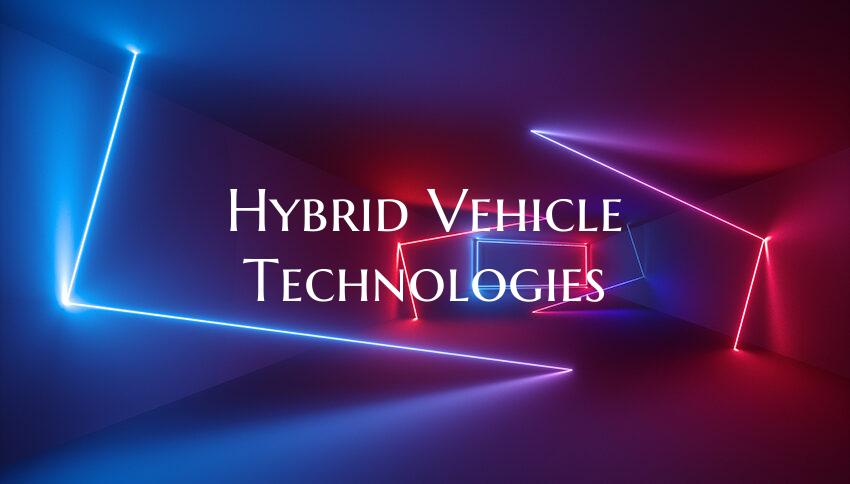Hybrid Vehicle Technologies
Introduction: Hybrid vehicles are becoming increasingly popular as people search for more sustainable and eco-friendly transportation options. These innovative vehicles utilize a combination of traditional internal combustion engines and electric motors to maximize fuel efficiency and reduce emissions. Understanding the technology behind hybrid vehicles can help consumers make informed decisions when considering alternative transportation options.
1. How Do Hybrid Vehicles Work? Hybrid vehicles operate through a combination of an internal combustion engine and an electric motor. The engine charges the electric motor's battery, which in turn assists the engine during acceleration and allows for regenerative braking to recapture energy. This dual power system enables hybrid vehicles to achieve higher fuel efficiency compared to traditional gasoline-powered vehicles.
2. Types of Hybrid Vehicle Technologies: a. Full Hybrid: Full hybrids can operate solely on electric power at low speeds and use the internal combustion engine at higher speeds. They can switch between the two power sources seamlessly, providing a balance of efficiency and power. b. Mild Hybrid: Mild hybrids have a smaller electric motor that assists the internal combustion engine but cannot propel the vehicle on electric power alone. They improve fuel efficiency by supporting the engine during acceleration and deceleration. c. Plug-In Hybrid: Plug-in hybrids have larger batteries that can be charged through an external power source, allowing for longer electric-only driving ranges. These vehicles offer the flexibility of using electricity or gasoline based on driving needs.
3. Benefits of Hybrid Vehicle Technologies: a. Improved Fuel Efficiency: Hybrid vehicles can significantly reduce fuel consumption and emissions compared to traditional gasoline-powered vehicles, leading to cost savings and environmental benefits. b. Reduced Environmental Impact: By using electric power and regenerative braking, hybrid vehicles produce fewer greenhouse gas emissions and help combat climate change. c. Enhanced Driving Experience: The combination of electric and gasoline power sources in hybrid vehicles provides smoother acceleration, quieter operation, and reduced engine wear, offering a more comfortable driving experience.
Conclusion: Hybrid vehicle technologies continue to evolve, offering consumers more sustainable and efficient transportation options. Understanding how hybrid vehicles work and their benefits can empower individuals to make environmentally conscious choices when selecting their vehicles. Embracing hybrid technologies can contribute to reducing our carbon footprint and creating a greener future for generations to come.

